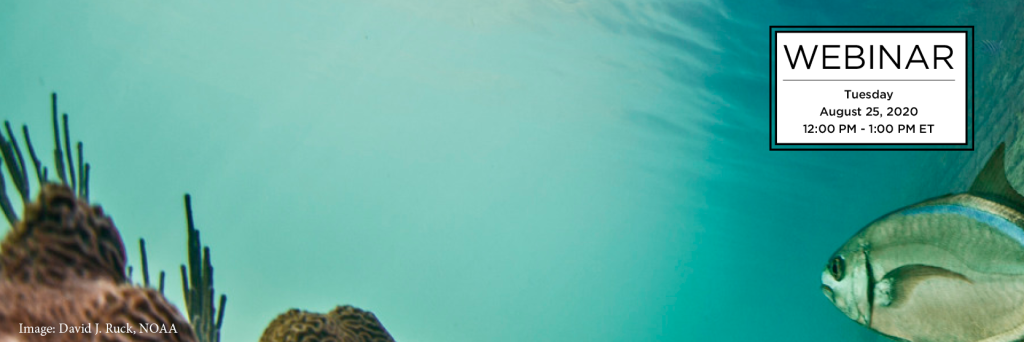
Join SECOORA for webinar on August 25 at 12 PM ET. Click here to reserve your spot.
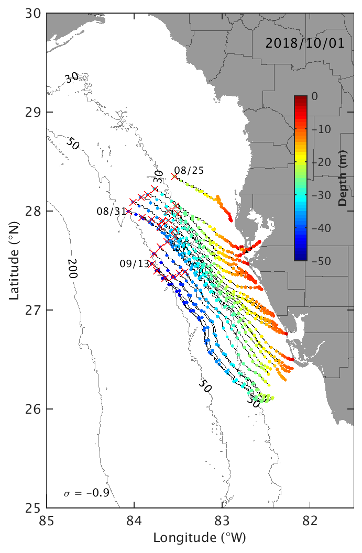
Figure 1. Simulated Karenia brevis, red tide trajectories from offshore origination to onshore manifestation during the peak of the 2018 red tide event. The trajectories were forced by a prolonged Gulf of Mexico Loop Current interaction with the WFS “Pressure Point.” The red crosses are the trajectory origins, where elevated chlorophyll was observed by a glider survey; the dots denote daily movements of simulated particles and the color coding corresponds to simulated particle depths.
Continental shelves, the regions where society meets the sea, come in varying widths.
Very narrow shelves, as occur on the west coast of the United States, are readily impacted by the adjacent deep ocean, and therefore tend to be rich in nutrients and highly productive.
Very wide shelves, such as the West Florida Continental Shelf (WFS), are generally insulated from deep ocean influences, and therefore may have nutrient deplete (or oligotrophic) sectors.
Two factors are in play. The first is how far landward deep ocean influences may extend onto the shelf. For the WFS, this distance is about 30 km. The second factor, how far seaward land influences extend onto the shelf, as may be seen in salinity fronts associated with freshwater drainage. For the WFS, these extend seaward by about 10-20 km. Given a width that is generally in excess of 120 km, much of the WFS lacks either direct deep ocean or land influences and considered to be oligotrophic. But this begs the question: How can an the oligotrophic WFS be so productive? The answer lies in the “Pressure Point,” the southwest corner of the WFS located near the Dry Tortugas.
In this webinar, we will explore how this special “Pressure Point” region impacts the WFS, affecting both its fisheries ecology and harmful algal blooms and, in turn, how the WFS impacts the Gulf of Mexico Loop Current’s ability to penetrate into the Gulf of Mexico.
Click here to reserve your spot.
About the Presenter

Robert Weisberg, Distinguished University Professor, College of Marine Science – University of South Florida (USF) is a physical oceanographer engaged in ocean circulation and ocean-atmosphere interaction studies that presently emphasize the West Florida Continental Shelf and its estuaries. He combines observations and numerical circulation model simulations to describe and understand the processes that control these water bodies. Recent applications include how the West Florida Shelf influences the Gulf of Mexico Loop Current, harmful algal blooms, hurricane storm surge and waves, tracking of oil, fisheries recruitment, forensic studies and other topics of societal concern. His undergraduate degree is in engineering from Cornell University followed by MS and PhD degrees in Physical Oceanography from the University of Rhode Island. Recruited to USF in 1984 from the North Carolina State University, he earned the Distinguished University Professor designation in 2007.
Related news
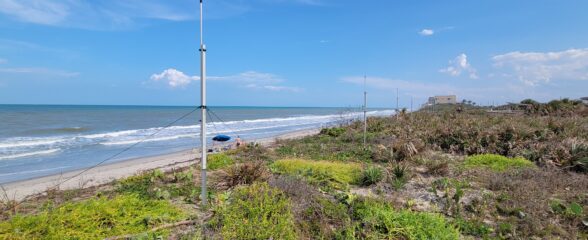
Measuring Surface Currents on the East Coast of Florida with High Frequency Radars
The Florida Institute of Technology and UGA Skidaway Institute of Oceanography recently installed four high frequency radars on the east coast of Florida. These systems measure the speed and direction of ocean currents, which is helpful for search & rescue operations and tracking marine debris.
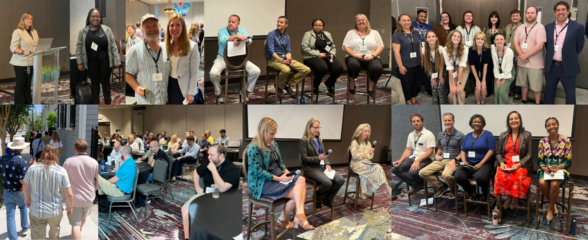
The 2024 SECOORA Annual Meeting: A Huge Success!
The SECOORA Annual Meeting was held in Charleston, South Carolina May 7th - 8th. Thank you to those who attended, we hope to see you again next year!
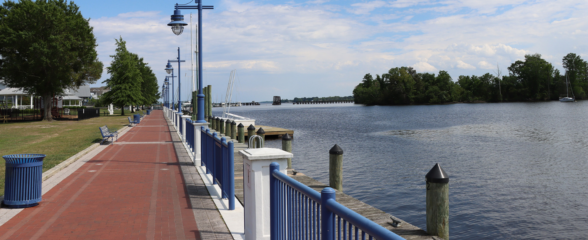
SECOORA Partners with North Carolina Communities to Install New Water Level Sensors
SECOORA has partnered with North Carolina Public Safety, Beaufort County Emergency Services, and the town of Belhaven to install new water level stations in two flood-prone North Carolina communities.